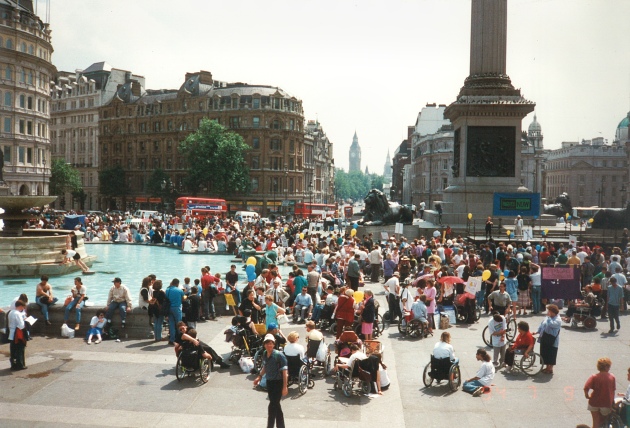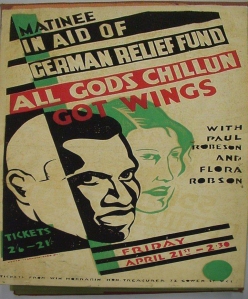
Falinge Park High School artwork for Represent! Voices 100 Years On exhibition at PHM
Liz Thorpe, Learning Officer at People’s History Museum (PHM), discusses a recent project with Falinge Park High School in Rochdale.
As part of our year long programme exploring the past, present and future of representation, marking 100 years since the passing of the Representation of the People Act (1918) and since all men and some women won the right to vote in Britain, we have been encouraging people to discuss, discover and reflect upon one of the great milestones for equality, and what representation means to them 100 years on.
I would like to share with you PHM’s recent project with Falinge Park High School (Falinge Park) in Rochdale, who have been working with the museum to explore their own ideas of representation.
Rochdale is an area with a long social history and is the birthplace of the co-operative movement. It is home to many different communities and this is reflected in Falinge Park High School where over 50 languages are spoken. Their head teacher, Janice Allen, was keen to promote a sense of shared history amongst different communities at a time of divisions in society and against the backdrop of a recent rise in far right groups in Britain.
Over the course of the last year, 15 students have discussed some of the issues facing Rochdale, learnt about its history and thought about how they could promote a more positive and harmonious place to live.
The project included a visit to PHM to watch one of the museum’s popular Living History performances, Moving Stories – Migration & Identity, which looks at the life of a young girl who was born in Manchester and whose parents came from India. Moving Stories explores the themes of both migration and identity. Also at the museum, the students debated issues that mattered to them in a Have Your Say workshop, where current issues, linked to the museum’s collection are explored. In addition to all this the students set up and ran a stall at Bury Market to find out from the general public what local attitudes were to their neighbouring multicultural town.
The project finished with a two day art session, facilitated by artist Alex Godwin aka Billy.
Billy and the students worked together to make a series of simple, bold and visually striking flags showing themes of equality, civil rights and the representation of people today. The students raised questions about gender norms, diversity and representation using colourful and positive techniques demonstrated by Billy and her creative practice. Following a series of collaborative workshops, the final artwork shows a visual language highlighting the notion that 100 years on from the Representation of the People Act (1918) we can be happy about achieving a certain equality amongst people in today’s society, but there is still a long way to go before everyone can feel equally and completely represented. See a film of the artwork being created on PHM Facebook.
The group’s large scale artwork proudly introduces visitors at the museum to the Represent! Voices 100 Years On exhibition, on display until Sunday 3 February 2019.
This Family Friendly, Heritage Lottery Fund supported exhibition features objects which help to paint a picture of what representation meant in 1918 alongside crowdsourced items telling the very personal stories of today’s movements and campaigns, giving a platform to those who are still fighting to make their voices heard today.
One Falinge Park student described their work, as showing “how we want to live in equality and diversity and peace” and labelled their artwork, Opposites Attract.
At PHM we offer an engaging Learning Programme for all ages, inspiring early years, schools, colleges, universities and community groups to find out why there are ideas worth fighting for.
Visit the Learn section of the museum’s website for all the information you need to arrange a visit, or please contact the Learning Team on learning@phm.org,uk or call 0161 838 9190.















 Thurs 29 October
Thurs 29 October

